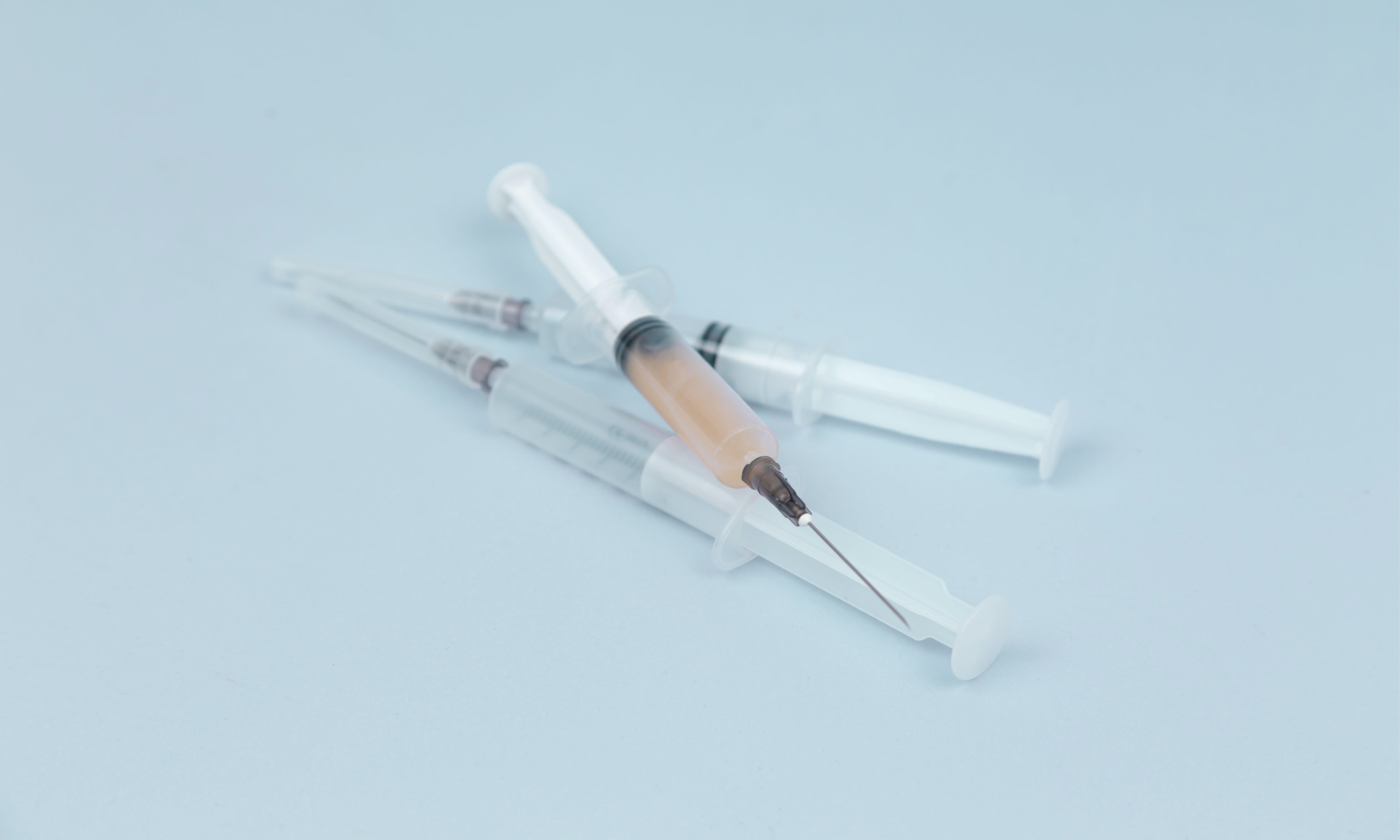
ALL ABOUT FILLERS
Dermal fillers have gotten lots of positive rep over the past years as one of the safest, impermanent treatments to enhance natural beauty. Fillers are usually divided into 3 categories and used to add volume and enhance facial contours, with little to no-downtime nor major discomfort. Talk about a win-win!
Read on below to learn more about filler types, how they each work as well as how to find out which ones would work best for you:
HA FILLERS
Hyaluronic acid is a naturally occurring substance found in the body. It helps your cells retain moisture, making your skin appear hydrated, plump, and healthy by “filling” and diminishing fine lines and wrinkles.
Therefore, hyaluronic acid fillers are soft and gel-like, usually lasting between 6 and 12 months. Many hyaluronic acid fillers include lidocaine: a numbing agent that minimizes discomfort during and after treatment. Due to their nature, HA fillers are commonly used in the lips and other areas of the face.
POLY-L-LACTIC ACID FILLERS
Poly-L-Lactic Acid (PLLA) is a biodegradable synthetic substance classified as a collagen stimulator. They are used to smooth lines and build volume by coaxing the skin to rebuild its own natural collagen. The product injected into the skin after dissolves a few days post-treatment, but will then stimulate the body to gradually reproduce collagen. Poly-L-lactic acid is typically used when it comes to treating deep facial wrinkles as well as to correct volume loss (such as sunken eyes) and can last up to 2 years.
The effects of PLLA appear gradually over a few months, which is why they are so loved for their natural results. They are used to refill the loss of volume caused by the thinning of our facial muscles, fat, and bone.
POLYMETHYLMETHACRYLATE
Polymethylmethacrylate (PMMA) is a synthetic, biocompatible substance that has been used in medicine for much of the last century. In dermal fillers, PMMA takes the form of a tiny ball that remains beneath the skin indefinitely to provide continued support. PMMA fillers also contain collagen and are used when a more permanent solution to facial wrinkles is desired (as opposed to the use of HA fillers).
PMMA is most often used to treat medium-to-deep wrinkles, folds, and furrows (think smile and laugh lines). It can also be used to fill out deeper acne scars.
WHICH FILLER IS BEST?
Each filler has its own texture, density, depth, and role. Certain ones will work better depending on what features you’d like to have enhanced. For example, softer fillers (like HA) are better for the lips; while a PLLA filler may be better for your cheekbones. Before any injection, an experienced registered nurse should advise you during an initial consultation and refer you towards the best option based on your concerns and desires.
AFTERCARE
Some patients experience mild bruising and swelling which will subside within a few days. Since there is no downtime for fillers, you will be able to go back to normal activities right after treatment (refraining from intense exercise or other strenuous activity for 24-48 hours). Be sure to wash your hands before touching your face and to avoid makeup over the injection site for the following hours.
Any other questions? You can always contact us directly at the SkinEnvie MediSpa & Boutique by giving us a call and booking your filler consultation at 450-458-5225.
Until next time,
The BSE team

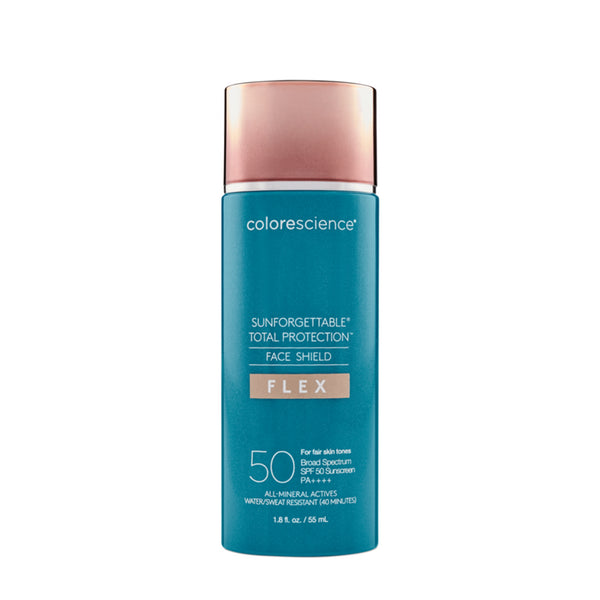
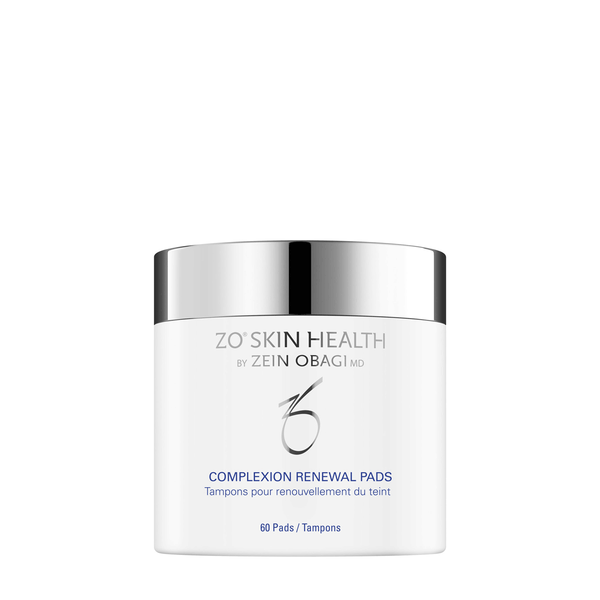
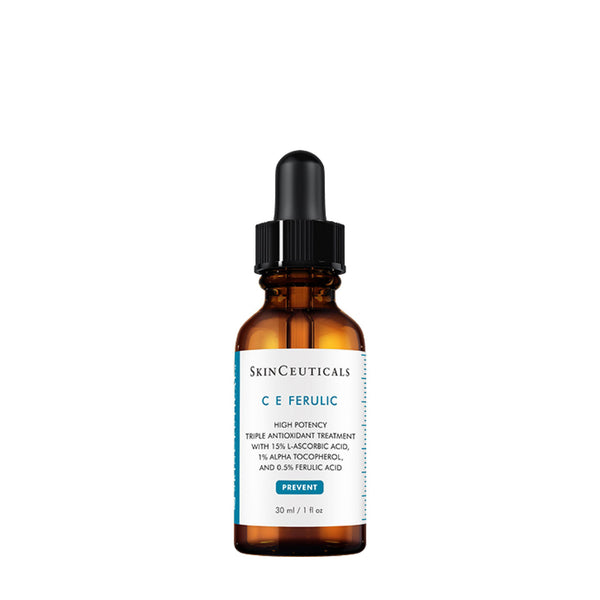
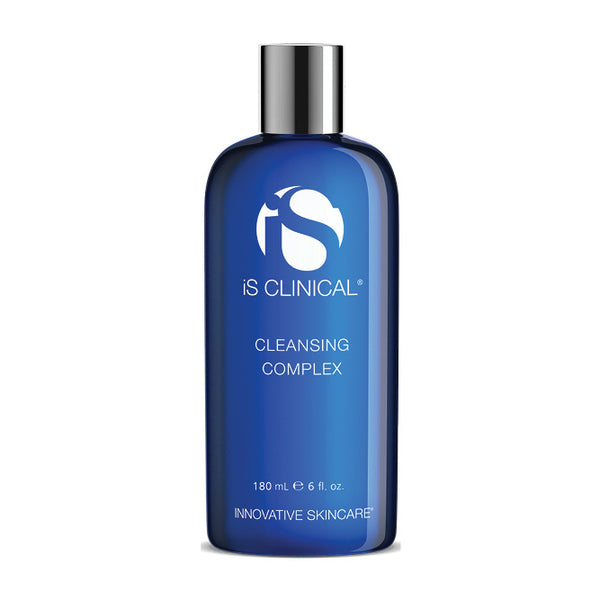
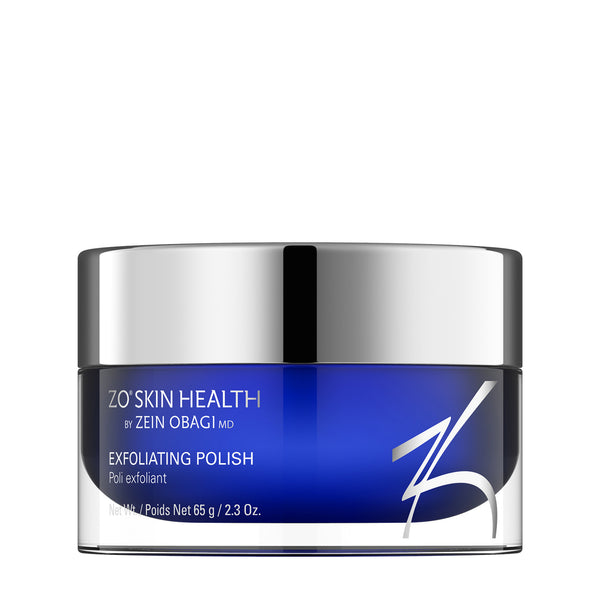
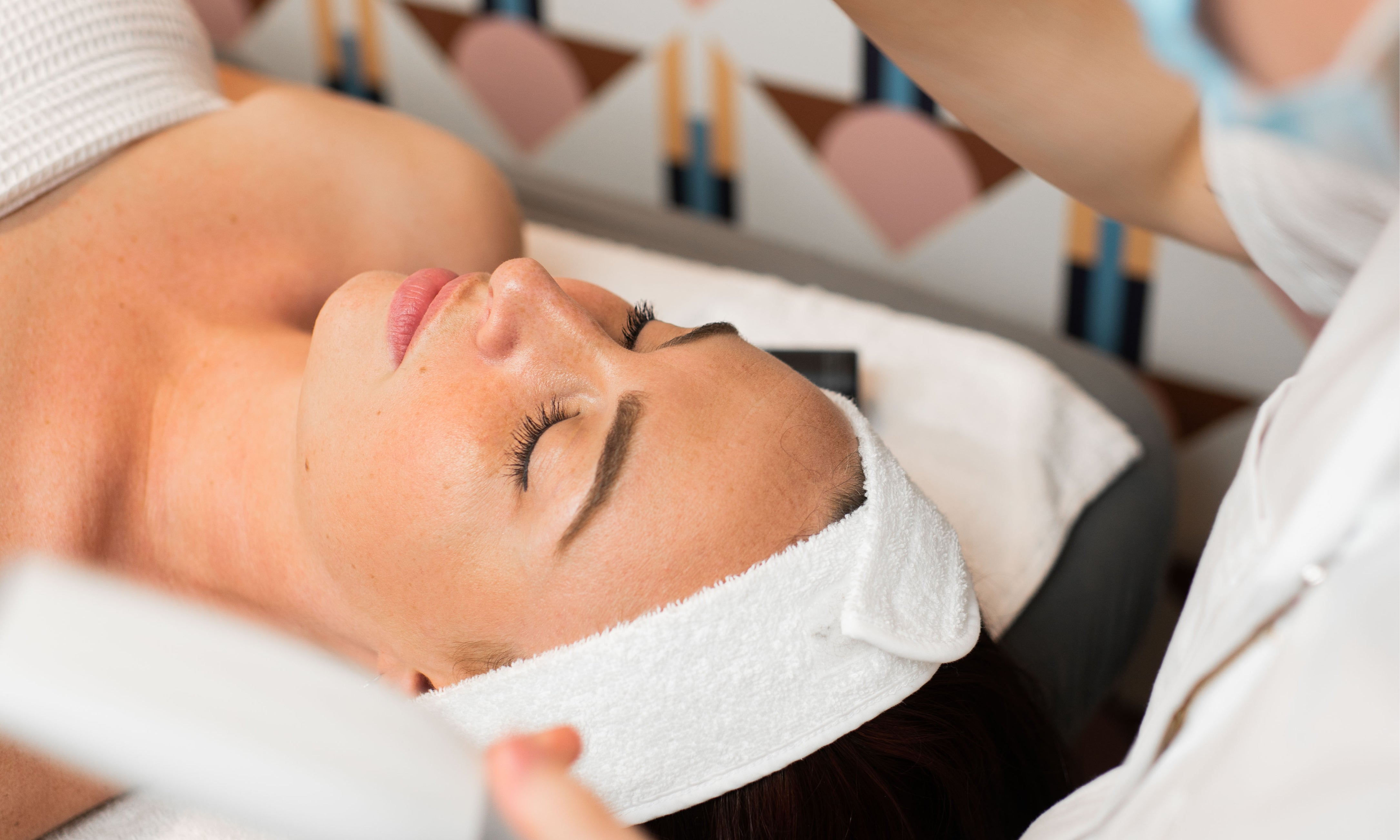
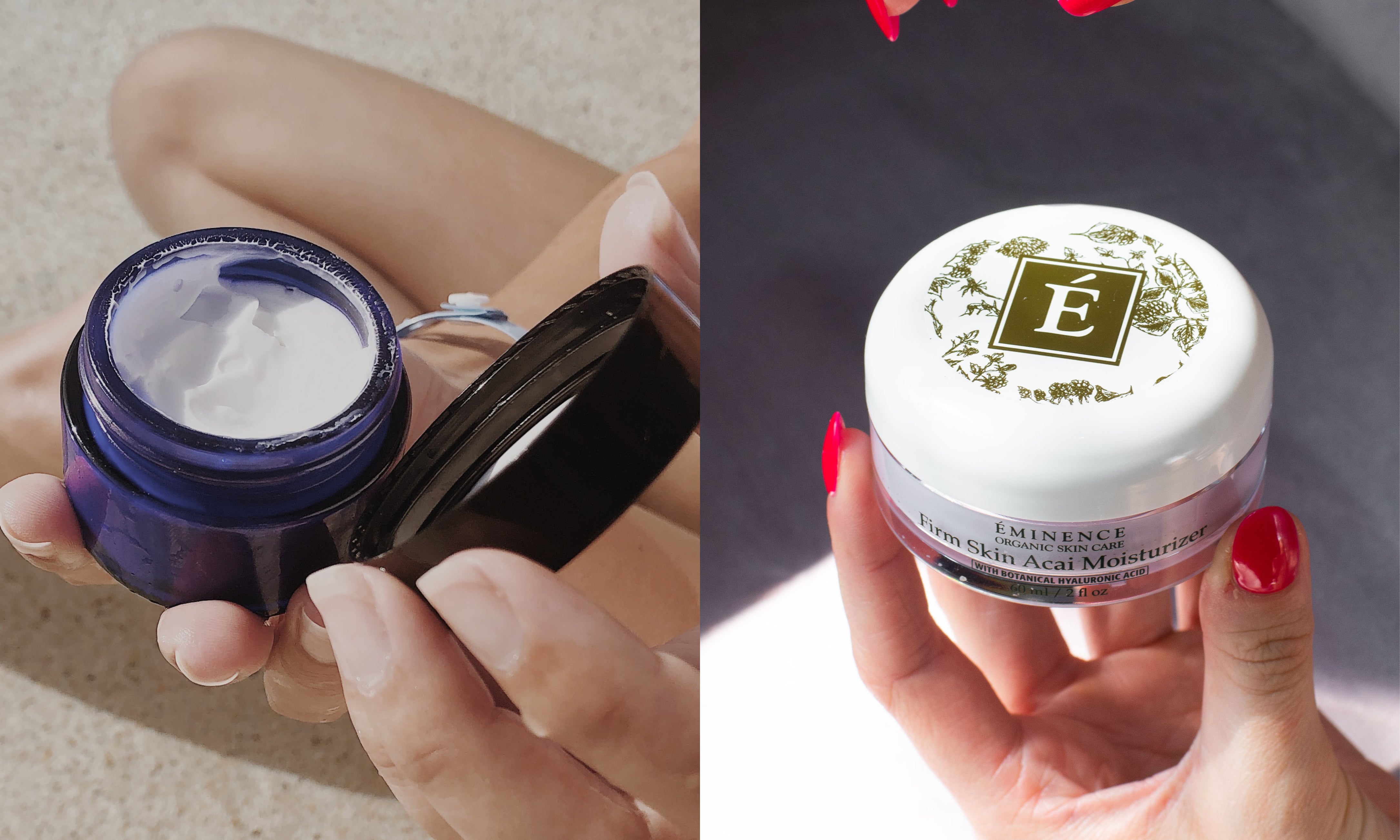



Leave a comment